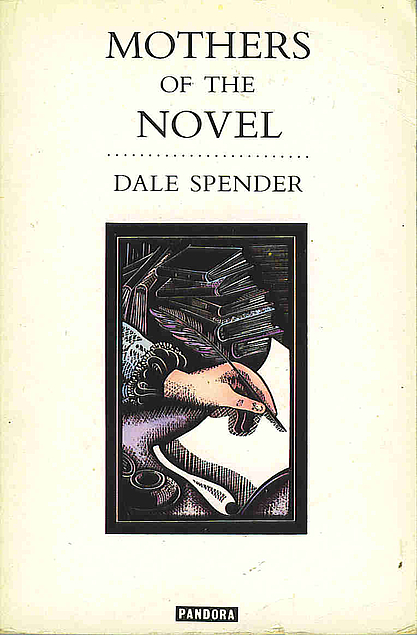What do you think?
Rate this book


357 pages, Hardcover
First published January 1, 1986
Of course, one of the reasons that the women novelists were so successful is that their books met the needs of the women readers. Excluded from so many social, politicial and economic activities, often isolated and not infrequently at a loss to know how to lead a meaningful life, many women seized upon women’s novels as an entry to a new dimension of understanding – and living. To represent the woman reader of the late eighteenth century as a bored and listless woman who idled away her time with sentimental novels is to do great disservice to the readers – and the writers. (It is also to reveal how we can be taken in by myths constructed long after the event, and which discredit women.) For so many women, these novels meant access to the world of ideas, to self-analysis and social issues. These novels were women’s intellectual foodstuffs. And women writers not only ‘exploited’ their role as letter writers, when they created the novel; they became the connecting medium for the experience of women.
Ideas, understandings, new realisations and questions spread among women as quickly as the publishers could get them into the hands of women (and men). These ‘women’s novels’ to some extent constituted ‘women’s education’ and were nothing short of subversive in their own context. And it is understandable that this new, exciting literature should have been so often and churlishly condemned by many men. Once the ‘women’s novel’ was so widely available, there is no doubt that women were more difficult to subordinate.
I think this also helps to explain in part why these women novelists have been suppressed.
When a woman comes to write a novel, she will find that she is perpetually wishing to alter the established values – to make serious what appears insignificant to a man, and trivial what is to him important. And, for that, of course, she will be criticised; for the critic of the opposite sex will be genuinely puzzled and surprised by an attempt to alter the current scale of values, and will see in it not merely a difference of view, but a view that is weak or trivial, or sentimental, because it differs from his own.
...with the first step of the first professional woman writer into the world of women, we encounter the dilemma that has confronted women writers ever since. If they choose to explore their own experience of the world, if they elect to concentrate on the world as it is viewed by women, they are....by definition producing substandard work. This has nothing to do with the quality of their writing – or the quality of the world they choose to depict – but is a value judgment, pure and simple, about their limited, inferior, and insignificant subject matter.
Because, as so many women have written, the sanctioned business of woman’s life has for so long been to ensure a livelihood by obtaining a man, women have had ‘career’ aspirations and strategies which have relied heavily on the management of human relationships. Of course, this is by no means the only reason that women have been concerned with exploring, understanding and utilising relationship.... But let a woman writer concern herself with ‘relationships’, particularly relationships between the sexes, and she brands herself as the writer of that inferior class of novels – romantic fiction. Immediately her work is classified as outside the bounds of literary consideration.
The term ‘romantic fiction’ is used in much the same way to designate the printed word of women as ‘gossip’ is used to designate the spoken word of women. It is an all-encompassing (and derogatory) term which places women’s words beyond serious consideration. Neither ‘romantic fiction’ nor ‘gossip’ warrant analysis. Their inferior status is based not on an analysis but quite the reverse: such labels preclude analysis.....
There is no equivalent ‘catch-all’ for men’s writing, no male equivalent to romantic fiction (or gossip) which automatically renders certain concerns of men as beneath consideration....it is not that men do not gossip – or portray their sex in postures of gender-excess – but that when they do it, they call it by a different name: they call it something grander and more prestigious.
This double standard is not new. From the advent of the first woman novelist we have a value system which automatically places women’s concerns, and the literature which reflects them, in a subordinate position and generally beneath notice. Women’s lives and experiences are held to be less important and less significant than men’s, and women’s literature which gives them expression can be excluded from the literary tradition by virtue of its association with women, and without regard to its literary merit. This practice persists to the present day where the genre ‘romantic fiction’ is held in considerable contempt, and as this genre has never been the subject of serious or systematic analysis within the literary tradition, the evaluation is not based on the writing.
...the transition from the more sensational to the more moral and reflective novels [took place]. Under the influence of women readers and women writers, the novel began to assume the dimensions of a commentary on the human condition.